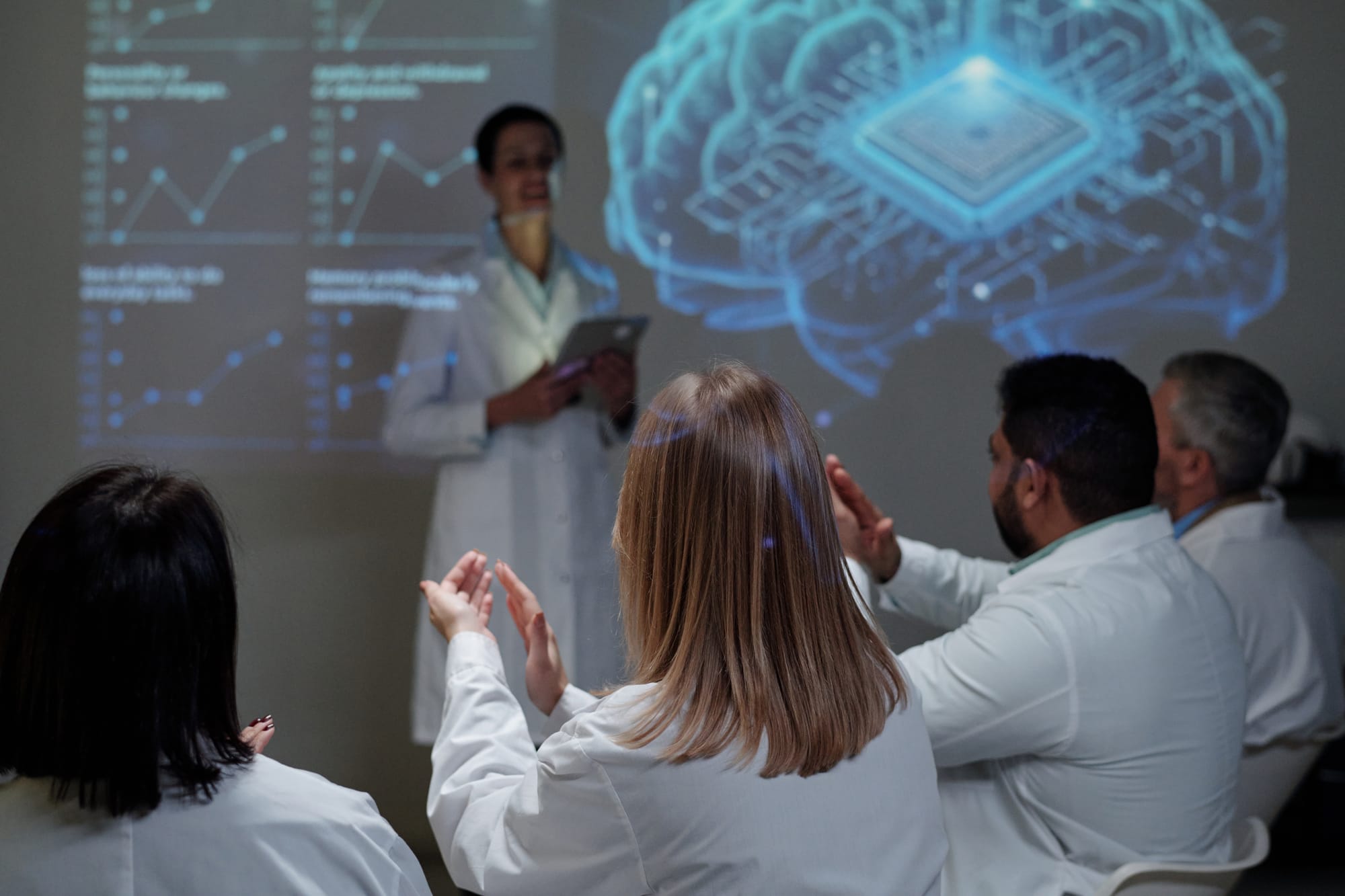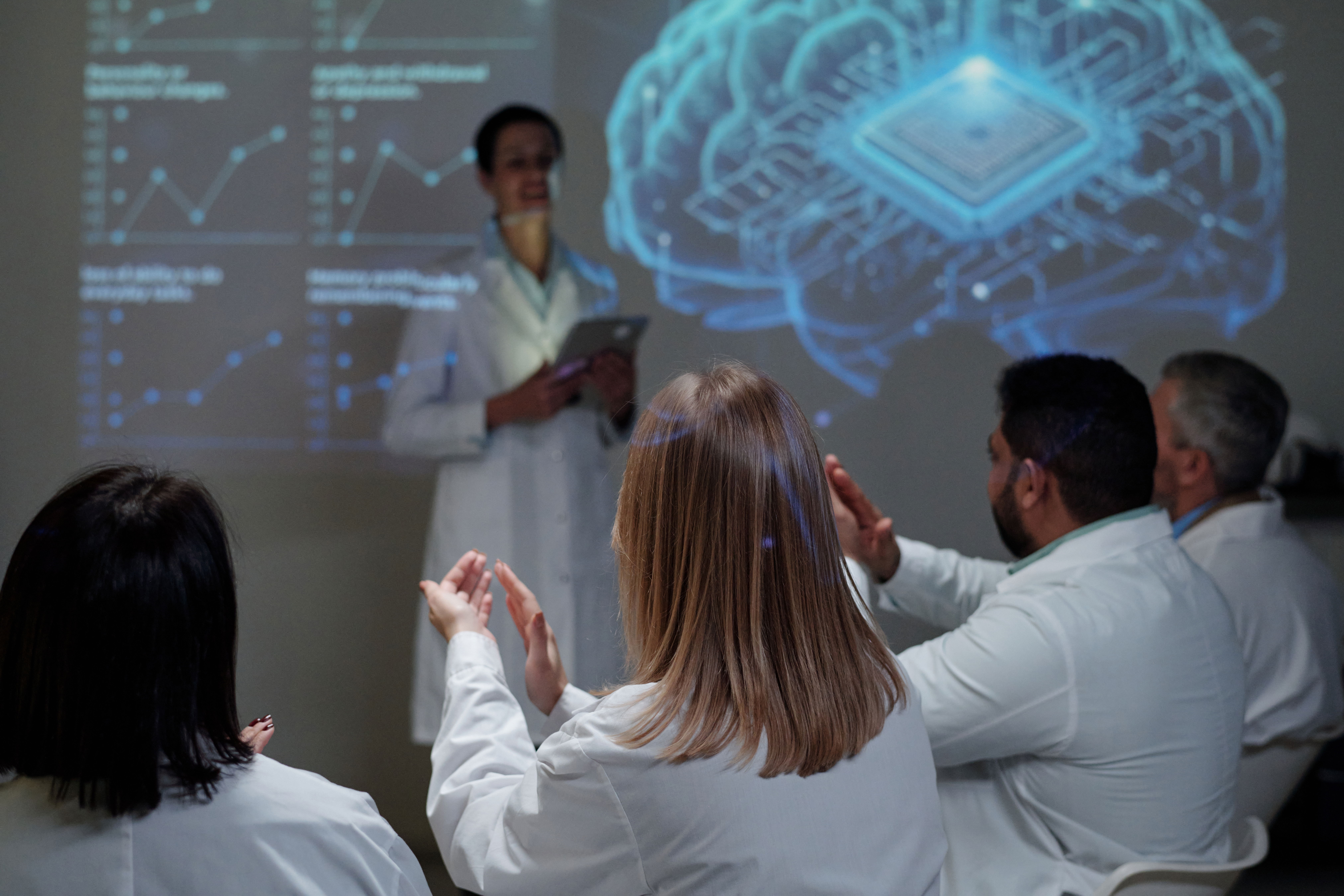Industry 5.0: The Human-Centric Revolution in Manufacturing

The industrial landscape is in constant evolution, marked by successive revolutions that have reshaped how goods are produced and how humans interact with technology. While many industries are still grappling with the full implications of Industry 4.0 – the era of smart factories, automation, and data exchange – a new paradigm, Industry 5.0, is gaining momentum. Industry 5.0 is not merely a linear progression but a profound shift, re-emphasizing the crucial role of human intelligence and societal values alongside technological advancement.
From Efficiency to Empathy: Understanding the Shift
To grasp Industry 5.0, it's essential to first understand its predecessor. Industry 4.0, characterized by the Internet of Things (IoT), Big Data, Artificial Intelligence (AI), and autonomous robots, primarily focused on optimizing efficiency, productivity, and cost reduction through extensive automation and interconnected systems. The vision was of highly automated factories where machines communicated seamlessly, and data-driven decisions reigned supreme.Industry 5.0 builds upon these technological foundations but adds a critical layer of human-centricity, sustainability, and resilience. It recognizes that while technology offers unprecedented capabilities, the human element, with its creativity, critical thinking, problem-solving skills, and emotional intelligence, remains irreplaceable.
Key Principles of Industry 5.0
The core tenets that define Industry 5.0 are:
- Human-Centricity: This is the most significant departure from Industry 4.0. Instead of machines replacing humans, Industry 5.0 envisions a synergistic collaboration where humans and intelligent machines work side-by-side. Technology is leveraged to augment human capabilities, allowing workers to focus on high-value tasks that require creativity, judgment, and complex problem-solving. This approach prioritizes worker well-being, safety, and job satisfaction.
- Sustainability: Industry 5.0 places a strong emphasis on environmental and social responsibility. It encourages the adoption of circular economy principles, aiming to minimize waste, reduce energy consumption and greenhouse gas emissions, and promote the use of renewable resources. The goal is to align industrial growth with ecological preservation and societal well-being.
- Resilience: In a world prone to disruptions (e.g., pandemics, supply chain shocks, economic downturns), Industry 5.0 advocates for robust and adaptable production systems. This means designing manufacturing processes that can quickly respond to unforeseen circumstances, maintain critical infrastructure, and ensure stability in times of crisis.
Technologies Enabling Industry 5.0
Industry 5.0 leverages and expands upon the technologies of Industry 4.0, integrating them in ways that facilitate human-machine collaboration and achieve its core principles:
- Collaborative Robots (Cobots): Unlike traditional industrial robots that operate in cages, cobots are designed to work safely alongside humans, assisting with tasks, handling repetitive or dangerous operations, and providing physical assistance. Their enhanced sensor and vision technologies allow for intuitive human-robot interaction.
- Artificial Intelligence (AI) and Machine Learning (ML): AI continues to be crucial for data analysis, predictive maintenance, and optimizing processes. In Industry 5.0, AI also plays a role in understanding human intent, facilitating human-machine communication, and enabling personalized manufacturing.
- Augmented Reality (AR) and Virtual Reality (VR): AR and VR enhance human capabilities by overlaying digital information onto the real world or creating immersive virtual environments. This can be used for training, remote assistance, design visualization, and improving assembly processes.
- Internet of Things (IoT) and Edge Computing: The vast network of interconnected sensors and devices (IoT) provides real-time data for monitoring and control. Edge computing processes data closer to the source, reducing latency and enabling quicker, more localized decision-making, which is vital for agile and resilient systems.
- Additive Manufacturing (3D Printing): This technology enables rapid prototyping, on-demand production, and the creation of complex, customized parts, contributing to increased flexibility and personalized manufacturing.
Benefits of Industry 5.0
The adoption of Industry 5.0 promises a range of benefits for businesses, workers, and society:
Despite its promising vision, implementing Industry 5.0 presents several challenges:
- Enhanced Customization and Personalization: By combining machine efficiency with human creativity, manufacturers can offer highly personalized products and services, meeting individual customer demands without sacrificing efficiency.
- Increased Efficiency and Productivity: While human-centric, Industry 5.0 still leverages automation and data analytics to optimize processes, reduce downtime, and improve overall operational efficiency.
- Improved Worker Wellbeing and Job Satisfaction: Workers are empowered to perform more engaging and creative tasks, leading to safer work environments, reduced physical strain, and greater job satisfaction.
- Greater Sustainability: Through optimized resource utilization, waste reduction, and the adoption of eco-friendly practices, Industry 5.0 contributes to a more sustainable industrial future.
- Enhanced Resilience: Agile and adaptable production systems minimize the impact of disruptions, ensuring business continuity and supply chain stability.
- Higher Quality Products: The human touch, combined with machine precision, can lead to superior product quality and fewer defects.
- Innovation and Creativity: By fostering human-machine collaboration, Industry 5.0 encourages new ideas, problem-solving, and continuous improvement.
Challenges and Ethical Considerations
- Complex Integration: Seamlessly integrating existing Industry 4.0 technologies with new human-centric systems, including diverse hardware and software, can be technically complex and costly.
- Workforce Upskilling and Reskilling: A significant challenge lies in training the existing workforce with the new skills required to interact with advanced technologies and take on more strategic roles. This necessitates continuous learning and adaptable training programs.
- Data Security and Privacy: The increased interconnectedness of systems in Industry 5.0 amplifies cybersecurity risks. Protecting sensitive data and ensuring privacy in human-machine interactions is paramount.
- Ethical AI and Human-Robot Interaction: As AI systems become more autonomous and integrated with human work, ethical considerations surrounding transparency, accountability, fairness, and the potential for bias in AI decision-making must be addressed.
- Organizational and Cultural Shift: Moving towards a human-centric industrial model requires a significant cultural shift within organizations, fostering a collaborative mindset and empowering workers.
Industry 5.0 in Action: Use Cases
While still evolving, Industry 5.0 concepts are already being explored in various sectors:
- Precision Manufacturing: In industries requiring high precision, such as aerospace or medical devices, cobots can assist human technicians with intricate assembly or handling dangerous components, enhancing both safety and accuracy.
- Customized Production: Industries like fashion or consumer goods can leverage Industry 5.0 principles to offer highly personalized products, with machines handling the mass production of components and humans adding creative, tailored touches.
- Healthcare and Rehabilitation: Cobots can assist in surgeries, rehabilitation exercises, and patient care, augmenting the capabilities of medical professionals.
- Logistics and Warehousing: Humans can collaborate with autonomous mobile robots (AMRs) to optimize warehouse operations, with humans focusing on complex sorting or quality checks while AMRs handle transportation.
The Future of Manufacturing with Industry 5.0

Industry 5.0 represents a significant evolution in manufacturing, moving beyond mere technological advancement to a more holistic vision that prioritizes human well-being, environmental responsibility, and societal impact. It is a future where the factory is not just smart but also empathetic, resilient, and sustainable.The success of Industry 5.0 will depend on a proactive approach to addressing its challenges, particularly in workforce development, ethical AI governance, and fostering a collaborative culture. As industries continue to embrace this human-centric revolution, we can expect a manufacturing landscape that is not only more efficient and productive but also more fulfilling for its workers and more harmonious with the planet. The synergy between human ingenuity and cutting-edge technology holds the key to unlocking a truly transformative industrial era.